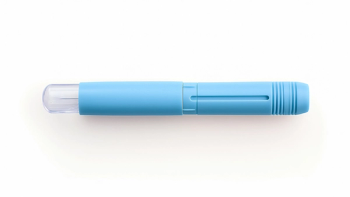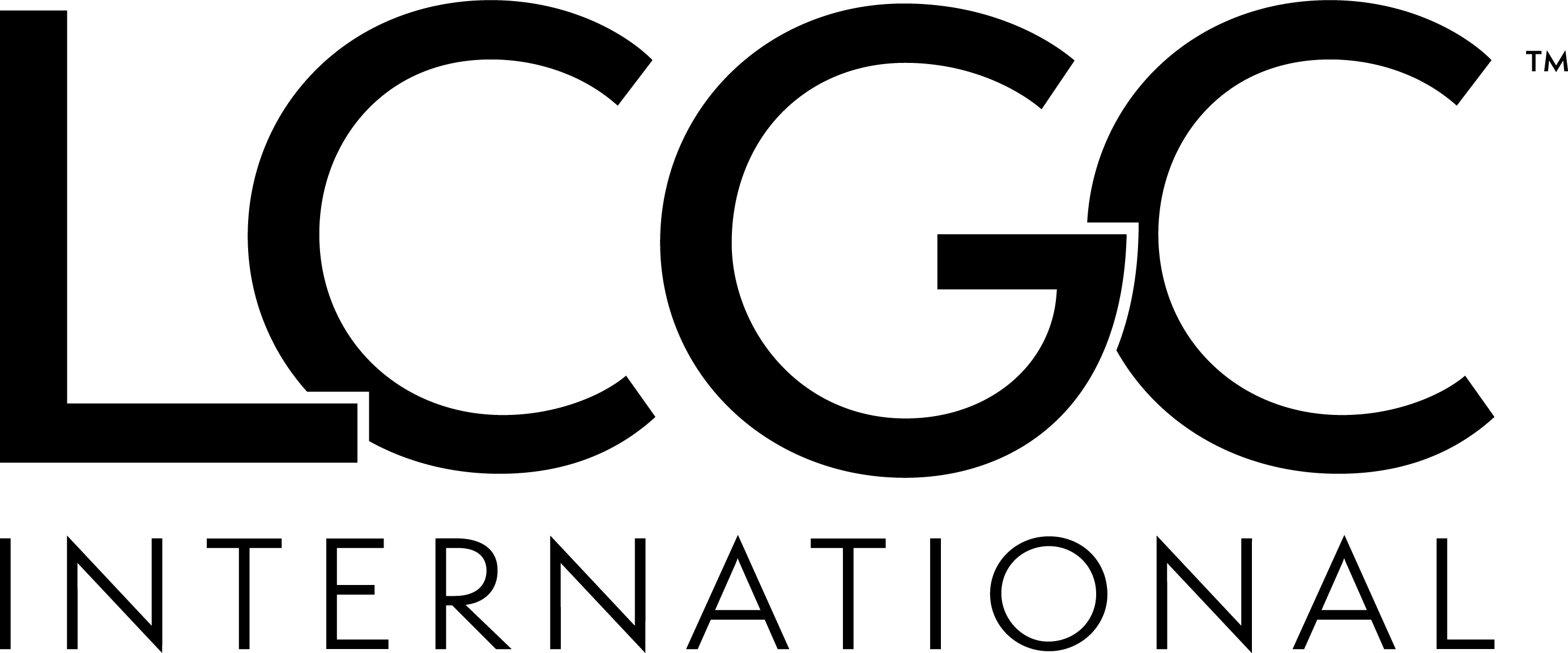
AAHRPP Revises Accreditation Standards
The
An AAHRPP press release describes the revisions as "providing a more logical framework for a human research protection program (HRPP) and better definition of the primary roles and responsibilities of the entities that comprise an HRPP."
It also says that the revised version allows for more flexibility in interpreting the standards and strengthens the standards on global research, conflict of interest, community-based research, and data and safety monitoring.
Starting March 1, 2010, organizations interested in applying for accredidation will follow the final revised accreditation standards, which will then be referred to as the AAHRPP Accreditation Standards. But from now until February 28, 2010, organizations may follow either the revised standards or the pre-revised accreditation standards.
Those interested in checking out the revised standards or comparing them with the current standards can do so at
Newsletter
Stay current in clinical research with Applied Clinical Trials, providing expert insights, regulatory updates, and practical strategies for successful clinical trial design and execution.






.png)



.png)



.png)
.png)
